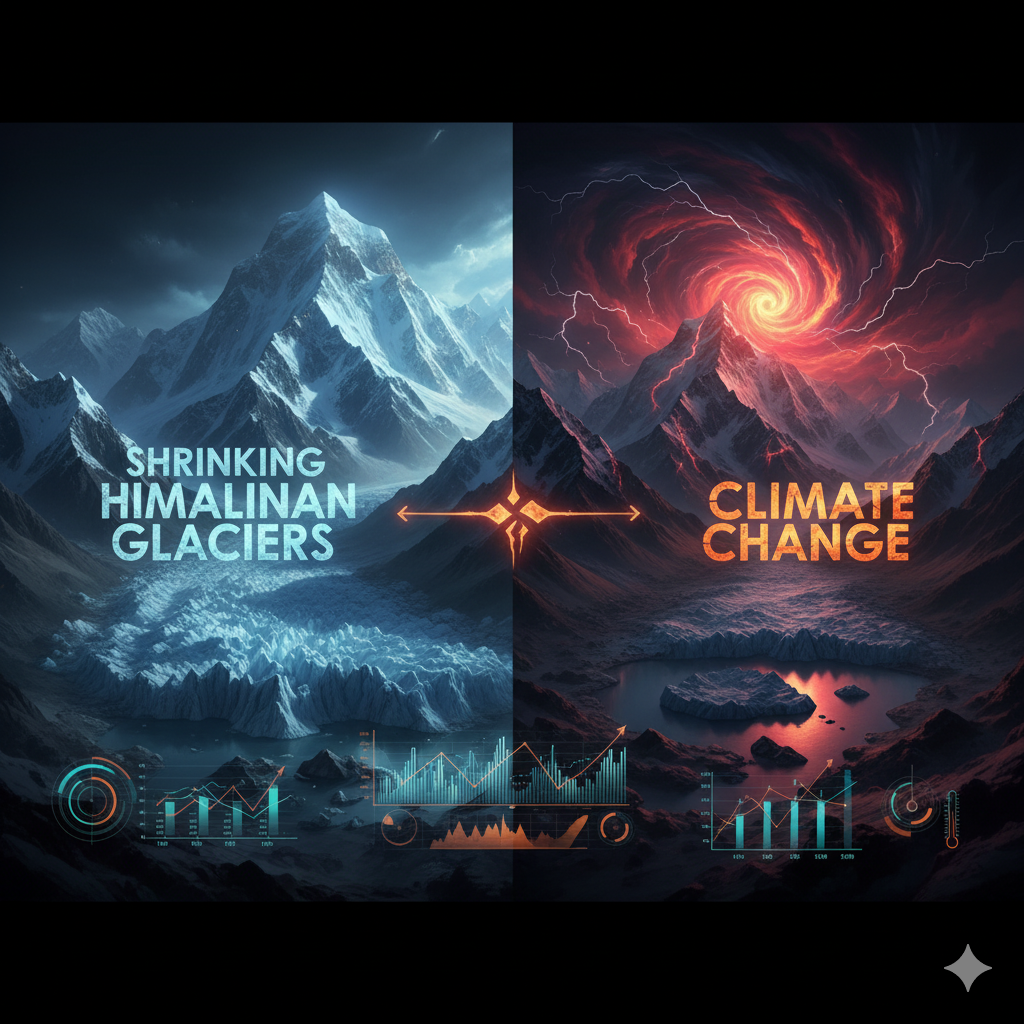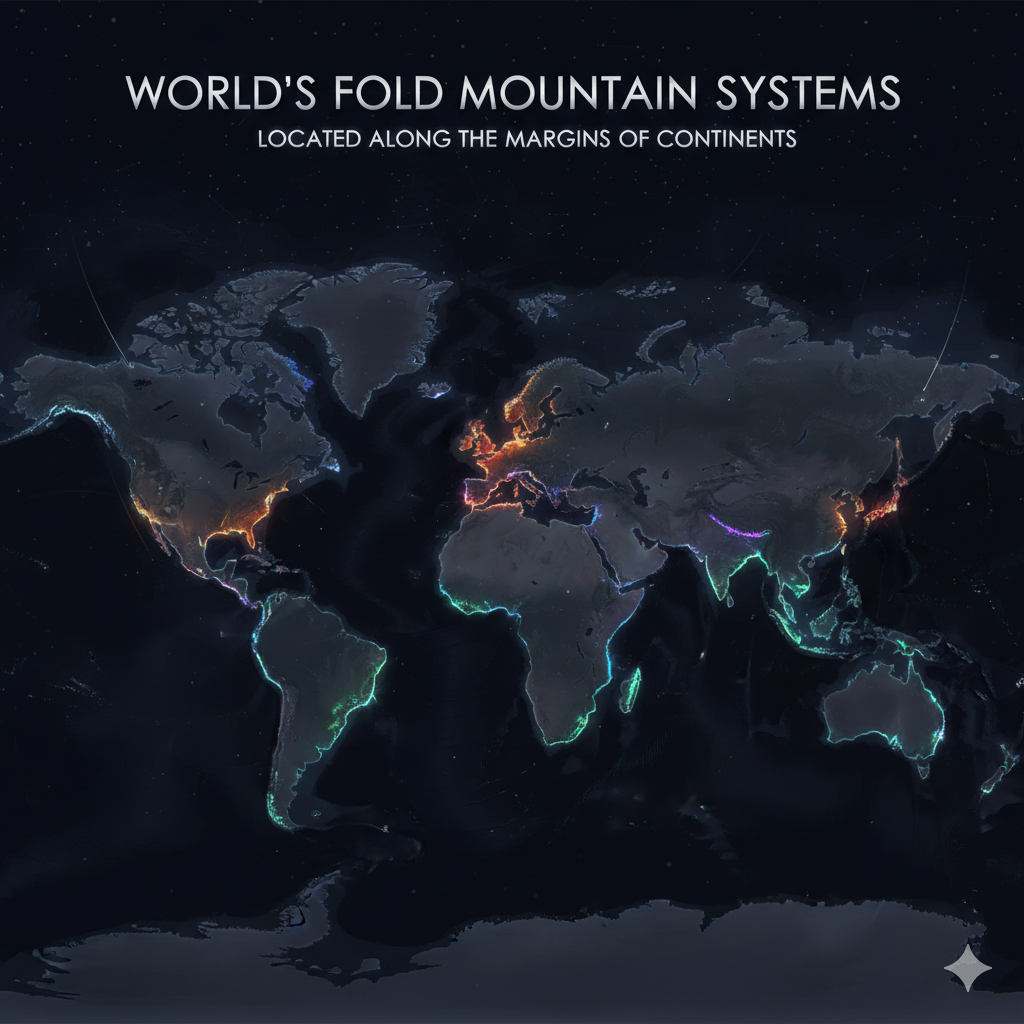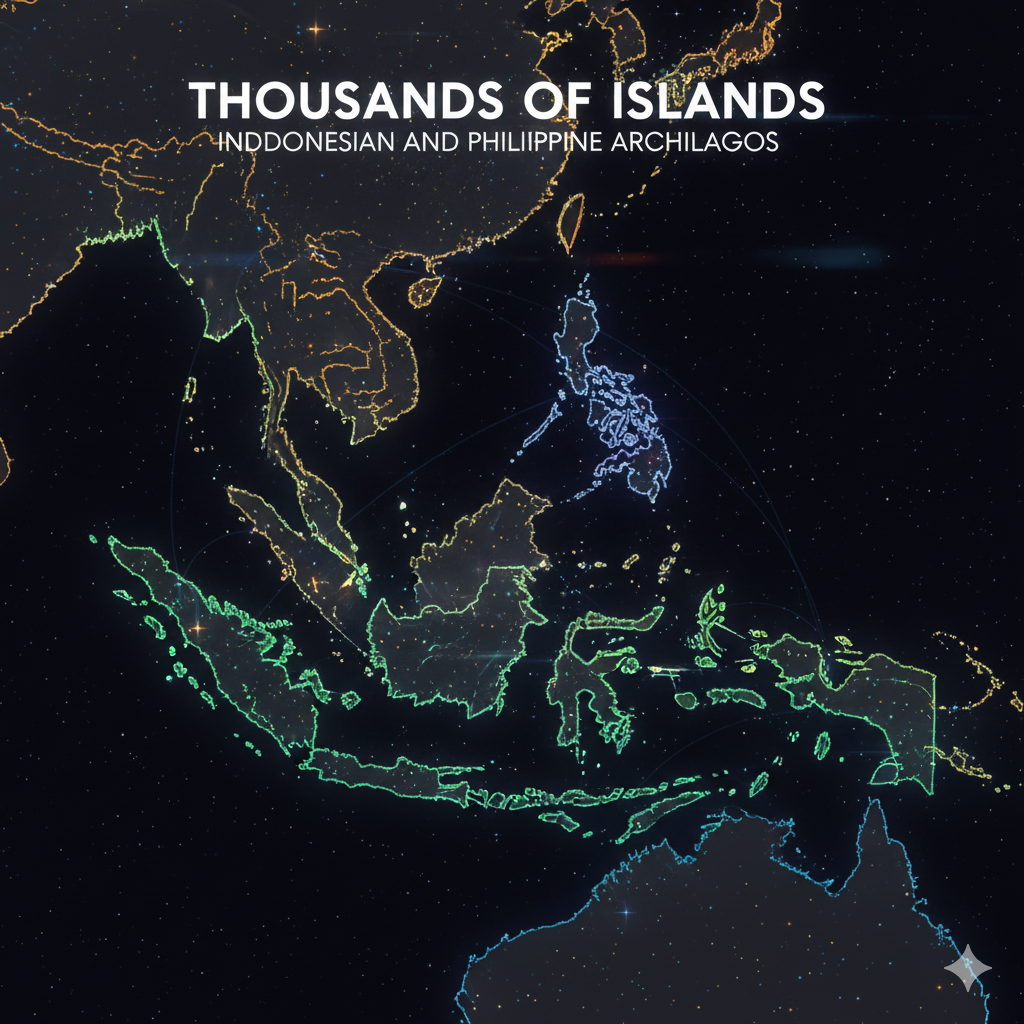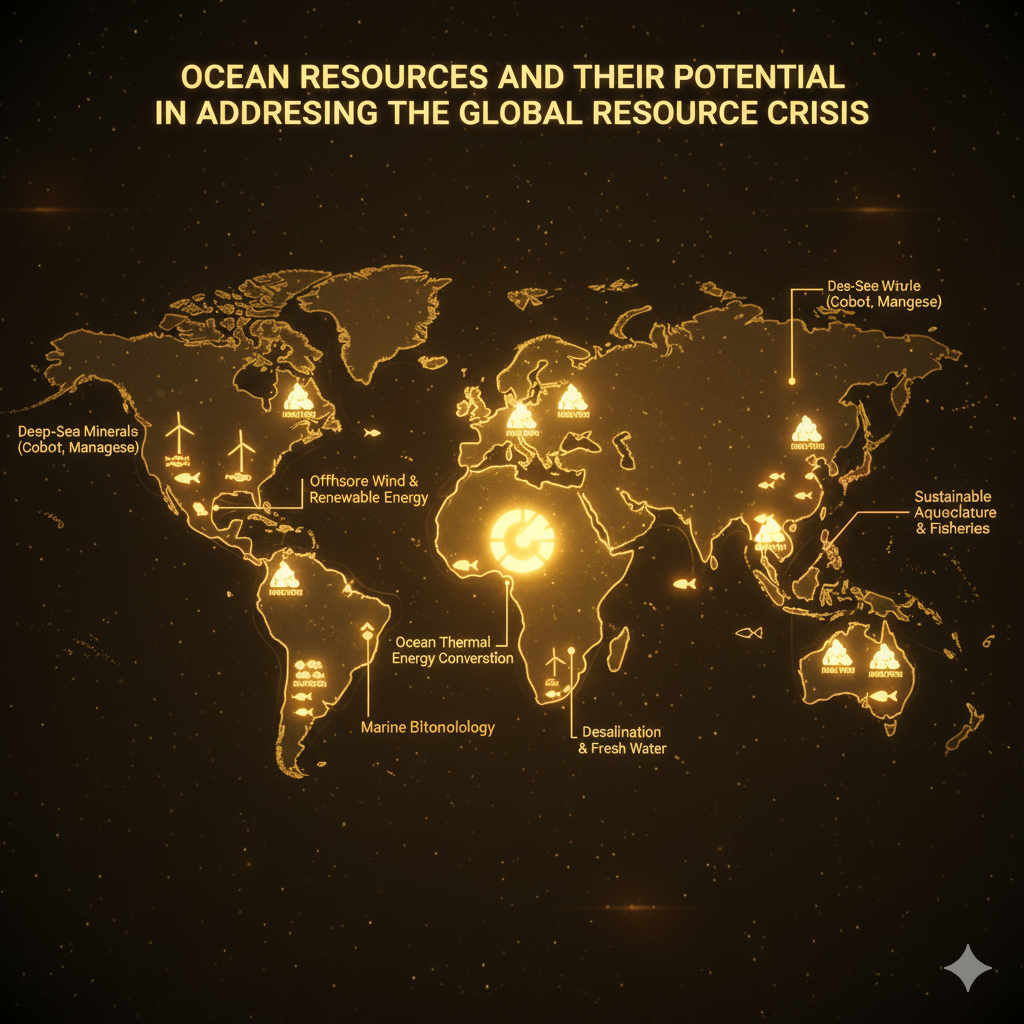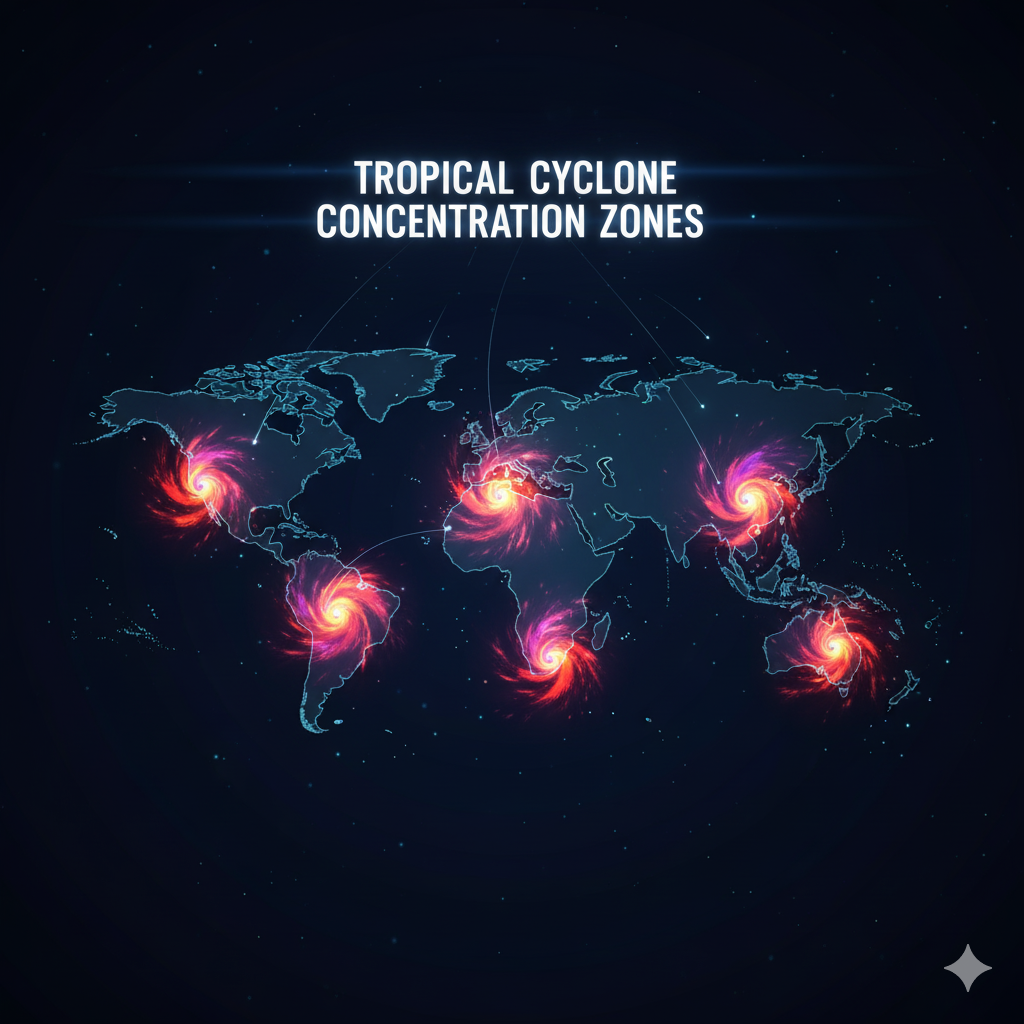Introduction
The Himalayas, often referred to as the “Third Pole”, host the largest concentration of glaciers outside the polar regions. They are the lifeline of several major rivers in South Asia, including the Ganga, Indus, Brahmaputra, and their tributaries, which support over 1.5 billion people.
In recent decades, these glaciers have been shrinking at an alarming rate, prompting scientists and policymakers to recognize the Himalayas as a key indicator of climate change in the region. This glacial retreat is not merely a Himalayan issue; it has profound implications for water security, agriculture, biodiversity, and disaster risks across the Indian subcontinent.
This essay critically examines the relationship between shrinking Himalayan glaciers and climate change, explores the symptoms of this change, and evaluates its future implications for the region.
Himalayan Glaciers: An Overview
- Extent and Distribution
- The Himalayas contain over 15,000 glaciers, covering an area of approximately 33,000 km².
- Major glacier systems include:
- Siachen and Baltoro Glaciers in the Karakoram
- Gangotri Glacier in Uttarakhand
- Zemu Glacier in Sikkim
- These glaciers form the headwaters of all major rivers in the northern Indian subcontinent, making them critical for freshwater availability.
- Types of Glaciers
- Valley Glaciers: Flow through mountainous valleys (e.g., Gangotri).
- Piedmont Glaciers: Spread out at the base of mountains.
- Hanging Glaciers: Found on steep slopes; prone to icefalls.
Causes of Himalayan Glacial Retreat
The shrinking of Himalayan glaciers is primarily attributed to climate change, though local factors also contribute.
1. Rising Temperatures
- Average temperatures in the Himalayan region have increased by 1–2°C over the last century, faster than the global average.
- Even minor temperature rises accelerate melting of snow and ice, reducing glacier mass.
2. Altered Precipitation Patterns
- Monsoon variability: Reduced snowfall in winter and erratic rainfall in summer impact glacier accumulation.
- In some regions, increased rainfall instead of snowfall accelerates glacial ablation.
3. Black Carbon and Atmospheric Pollution
- Soot and particulate matter from industrial activity and biomass burning settle on glacier surfaces.
- These darken ice surfaces, increasing absorption of solar radiation and melting rates.
4. Glacial Dynamics and Topography
- Steep slopes and valley orientation influence the rate of retreat.
- Debris-covered glaciers may melt slower in some sections but can accelerate melting in exposed areas.
Evidence of Glacial Retreat
- Gangotri Glacier (Uttarakhand)
- Retreated by approximately 1,500 meters in the last 70 years.
- Observed thinning of ice layers and formation of proglacial lakes, increasing flood risks.
- Siachen Glacier (Karakoram)
- Exhibits variable retreat due to the Karakoram anomaly, but some tributaries are thinning.
- Zemu Glacier (Sikkim)
- Retreat of 700 meters over 50 years, threatening downstream water supply.
- Satellite Data
- Studies using Landsat and ICESat data confirm that the Himalayan glaciers are shrinking at 10–60 meters per year, depending on elevation and exposure.
Symptoms of Climate Change in the Indian Subcontinent Linked to Glacial Retreat
The shrinking Himalayan glaciers are both a symptom and driver of climate change impacts across the region.
1. Water Stress and River Flow Changes
- Seasonal runoff variability: Glacial melt contributes more in summer, but as glaciers shrink, summer flows may decline in the long term.
- Indus and Ganga basins: Reduced dry-season flows threaten irrigation, drinking water, and hydropower.
- Altered sediment load: Accelerated glacial melt increases siltation downstream, affecting river morphology.
2. Rise in Extreme Weather Events
- Floods and flash floods: Melting glaciers form unstable glacial lakes. Sudden lake bursts lead to Glacial Lake Outburst Floods (GLOFs) in Nepal, Uttarakhand, and Sikkim.
- Heatwaves and droughts: Reduced glacial meltwater during summer exacerbates droughts in northern plains.
3. Biodiversity Loss and Ecosystem Changes
- Alpine ecosystems are highly sensitive; glacial retreat leads to loss of endemic species and habitat fragmentation.
- Changes in river temperature and flow affect freshwater species like snow trout and mahseer.
4. Impact on Agriculture
- Himalayan rivers irrigate the Indo-Gangetic Plain, the breadbasket of India.
- Irregular water flow due to shrinking glaciers leads to crop failures, soil degradation, and reduced yields.
5. Sea-Level Rise and Coastal Impact
- Himalayan glaciers feed the Ganga-Brahmaputra delta, which supports dense populations in Bangladesh and eastern India.
- Reduced glacial input can alter sediment deposition, exacerbating coastal erosion and vulnerability to sea-level rise.
6. Socio-Economic Impacts
- Millions dependent on glacier-fed rivers face water scarcity, energy shortages, and agricultural losses.
- Tourism in the Himalayas, which relies on snow and glaciers, is also under threat.
Scientific Studies and Projections
- IPCC Reports
- IPCC (2021) highlights that Himalayan glaciers may lose 36–60% of ice mass by 2100 under high emission scenarios.
- Projected impacts include reduced river flows, increased GLOFs, and altered monsoon patterns.
- Regional Research
- ICIMOD (International Centre for Integrated Mountain Development) reports accelerated glacial retreat in Nepal, Bhutan, and northern India.
- Proglacial lake formation has increased by 30–50% in the last 40 years, heightening disaster risk.
Feedback Loops and Climate Change Amplification
- Albedo Effect: Reduced ice cover lowers surface reflectivity, increasing solar absorption and further warming.
- Hydrological Feedback: Less glacial melt reduces river flow, increasing soil desiccation and local warming.
- Monsoon Interaction: Retreating glaciers influence regional pressure gradients, affecting the intensity and variability of monsoon rainfall.
Mitigation and Adaptation Strategies
1. Monitoring and Early Warning Systems
- Remote sensing and satellite imagery for real-time monitoring of glacier retreat and proglacial lakes.
- GLOF early warning systems in Nepal, Sikkim, and Uttarakhand.
2. Sustainable Water Management
- Glacier-fed river basin management: Optimize irrigation, storage, and distribution.
- Rainwater harvesting and micro-irrigation to reduce dependency on variable glacial melt.
3. Policy and Regional Cooperation
- India, Nepal, Bhutan, and China need transboundary cooperation for glacier monitoring and disaster management.
- Integrate climate change adaptation into Himalayan development planning.
4. Reducing Carbon Emissions
- Mitigation of global warming through renewable energy adoption, forest conservation, and emission controls can slow glacial retreat.
5. Community-Based Adaptation
- Educate local communities on sustainable agriculture, flood preparedness, and water conservation.
- Promote livelihood diversification to reduce vulnerability.
Case Studies
1. Kedarnath Flash Flood, 2013
- A GLOF and heavy monsoon rainfall triggered catastrophic floods in Uttarakhand.
- Highlighted the link between glacial retreat, climate change, and extreme hydrological events.
2. Zemu Glacier Retreat, Sikkim
- Proglacial lake expansion threatens downstream villages and hydropower projects.
- Shows long-term risks of glacier-dependent infrastructure under climate change.
3. Chhota Shigri Glacier, Himachal Pradesh
- Rapid retreat over decades has altered seasonal flow regimes of the Chenab river.
- Illustrates how shrinking glaciers affect irrigation and energy security.
Conclusion
The shrinking Himalayan glaciers are both a symptom and a catalyst of climate change in the Indian subcontinent. They reveal the tangible impacts of global warming in a highly sensitive mountain ecosystem. The consequences of glacial retreat are multifaceted:
- Water Security Threats: Reduced river flows and altered hydrological regimes.
- Increased Disaster Risk: Floods, GLOFs, and landslides.
- Agricultural Vulnerability: Food production and rural livelihoods are at risk.
- Ecosystem Disruption: Loss of alpine biodiversity and freshwater habitats.
- Socio-Economic Challenges: Water, energy, and food shortages, affecting millions.
Understanding the link between glacial retreat and climate change is crucial for regional planning, disaster management, and sustainable development. By monitoring glaciers, implementing adaptive water management, and mitigating climate change, the Indian subcontinent can reduce the risks associated with shrinking Himalayan ice reserves.
In essence, Himalayan glaciers are a climate barometer. Their retreat signals urgent action: protecting ecosystems, safeguarding water resources, and preparing societies for the cascading effects of climate change.
